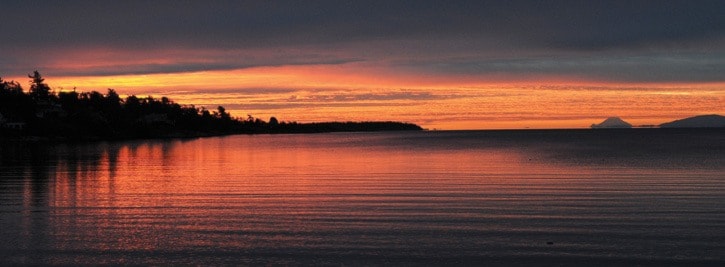On the front page of our Dec. 21 issue, we described winter solstice on that day as the time when the sun rises a little earlier and sets a little later. As one astute reader, retired astronomy professor Jeremy Tatum, pointed out, at our latitude the latest sunrise will not occur until Dec. 31, while earliest sunset occurred on Dec. 12.
Winter solstice is the moment when we are furthest away from the sun due to the Earth’s axil tilt of 23.6 degrees. Dec. 21 marks the time period when the days gradually begin to lengthen again. While it may be the astronomical solstice, the reversal of the lengthening of nights may take place over a period of days, depending on precise latitude.
“Even though the latest sunrise and the earliest sunsets are at a little bit of a different time (across the Northern Hemisphere), the actual length of (Dec. 21) is the shortest (of the year),” said Lauri Roche, president of the Victoria branch of the Royal Astronomical Society of B.C. “It’s only up at the Arctic Circle … that the solstice day, the 21st day, when the actual sunset and sunrise are at the shortest and the longest. As you go down further south from the North Pole, the sunset grows earlier and the sunrise later in the month.”
On Dec. 21 the sun was officially out for eight hours, 18 minutes and 37 seconds. The longest day of the year came on June 21 when the sun shone for 16 hours, six minutes and 43 seconds.
nnorth@saanichnews.com
